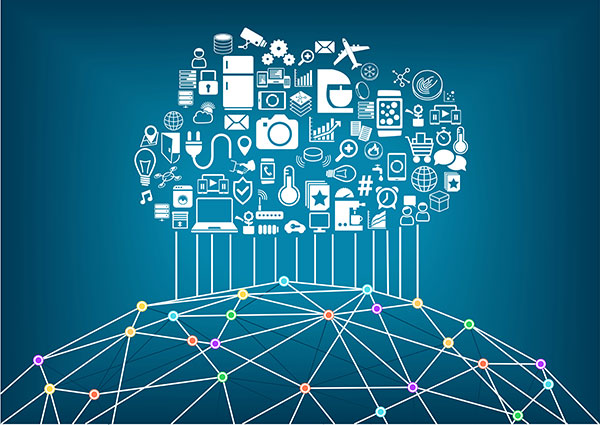

is the global system of interconnected computer networks that use the Internet protocol suite (TCP/IP) to link devices worldwide. It is a network of networks that consists of private, public, academic, business, and government networks of local to global scope, linked by a broad array of electronic, wireless, and optical networking technologies.
1989 - The World Wide Web begins as a CERN (European Organization for Nuclear Research) project called ENQUIRE, initiated by British scientist Tim Berners-Lee. Other names considered for the project include “The Information Mesh” and “The Mine of Information.”
1990 - Tim Berners-Lee develops the first Web browser WorldWideWeb .
1991- Researchers rig up a live shot of a coffee pot so they could tell from their computer screens when a fresh pot had been brewed. Later connected to the World Wide Web, it becomes the first webcam.
1992 - The term „surfing the internet” is coined and popularized.
-Tim Berners-Lee posts the first photo, of the band “Les Horribles Cernettes,” on the Web.
1993 - CERN places its World Wide Web technology in the public domain, donating it to the
world. 1994 - Yahoo! is created by Stanford University graduate students Jerry Yang and David
Filo. They originally named the site “Jerry and David‟s Guide to the World Wide Web.” 1995 - Microsoft releases Windows 95 and the first version of Internet Explorer. 2001 - Jimmy Wales launches Wikipedia. Users write over 20,000 encyclopedia entries
in the first year. 2002 - Social networking site Friendster.com launches, but is quickly overtaken by Facebook. 2003 – Apple itunes, Skype, LinkedIn, MySpace.com, Word press. 2004 - Harvard student Mark Zuckerberg launches thefacebook.com. 1,200 Harvard students
sign up within the first 24 hours. Facebook goes on to become the world‟s biggest social
networking site, with over a billion users worldwide. 2005 – to present – Broadband Connections, Twitter, Apple iPhone, Pinterest, Instagram, etc.